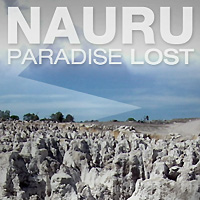Nauru’s riches to rags decline
Closure of Australian refugee centre leaves tiny Pacific nation on brink of ruin.
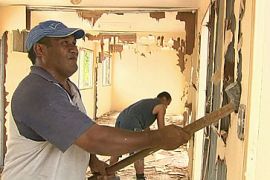
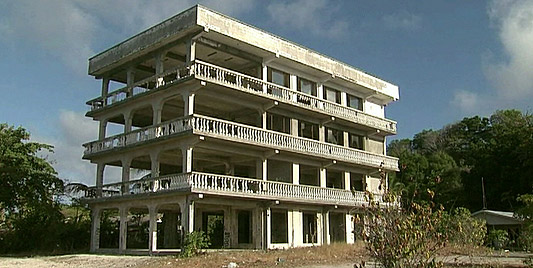 |
| After squandering millions of dollars Nauru is facing financial ruin |
Thirty years ago the tiny Pacific island of Nauru was one of the richest in the world.
For years, the population of roughly 9,000 lived off profits from the export of phosphate, a key ingredient in fertiliser.
Today though the island which covers just 21 square kilometres is gripped by financial catastrophe.
| Special series |
It is thought more than a billion dollars was squandered and now the phosphate mines are closed.
Six years ago nearby Australia saved Nauru from bankruptcy by establishing a controversial refugee processing centre on the island.
But a new Australian government elected last year has carried out its pledge to close the centre.
It was a victory for human rights advocates but for Nauru it marked an abrupt end to an economic lifeline.
The Nauru detention centre was different to the facilities on Australian soil that had been despised by human rights groups.
There was no razor wire and the refugees were free to wander around the island.
The centre created jobs, government revenue and also brought in foreign workers – together injecting more than $5m a year into the economy, about 20 per cent of Nauru‘s GDP.
With the centre now falling to the sledgehammer the government of Nauru is left with a gaping hole in its already thin budget.
Unemployment is rife, and the national bank has been shut for a decade.
‘Fragile time’
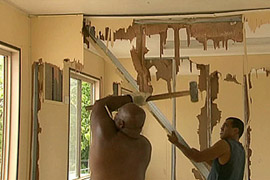 |
| The closure of the Australian refugee centre leaves a gaping hole in Nauru’s economy |
“Having come from the brink of economic collapse to slowly rebuilding and regaining some traction on our economy to lose 20 per cent at this fragile time is a significant consequence for us,” Dr Kieren Keke, Nauru‘s foreign minister, told Al Jazeera.
In Nauru one wage generally supports around 10 people. So when 200 jobs are lost that affects some 2,000 Nauruans or about a fifth of the entire population.
When Philip Diau worked at the detention centre as a storeman and painter his wage supported his nine children and grandchildren.
Now he has joined a third of all Nauruans who are unemployed and his family is facing a grim future.
“I don’t know what to do,” he says. “During the time that I haven’t got any job sometimes we just have one meal a day.”
Diau says it was barely a decade ago that phosphate mining provided jobs for anyone who cared to work and gave Nauru the second highest per capita GDP in the world.
‘Brighter future’
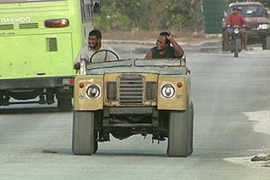 |
| Barely 30 years ago Nauru enjoyed the second highest GDP in the world |
In those days his house fronted the fifth hole of the golf course.
Now the golf course, along with most of Nauru’s wealth, has disappeared.
The good old days when some Nauruans imported Lamborghinis now seem an eternity ago but Nauru‘s foreign minister says government is not dwelling on the past.
“Where we’re heading to now is a brighter future for Nauru,” Dr Keke says.
“With the reforms that we put into place that will stamp out the mismanagement and corruption that occurred in the past and provide opportunities for development into the future.”
Dr Keke’s plan is to replace the refugee camp with an industry school to train workers from all over the Pacific
Like most projects here it will require investment from abroad.
But with Nauru still owing $350m in foreign debt, 27 times its annual GDP, finding donors will be challenging.
